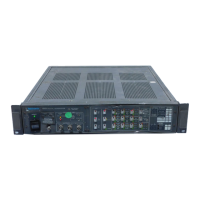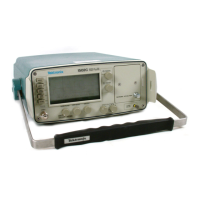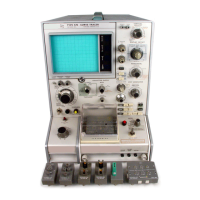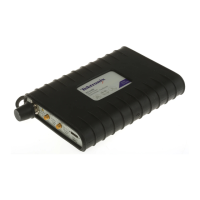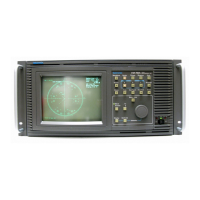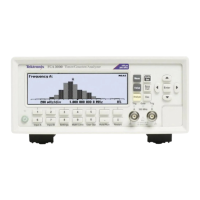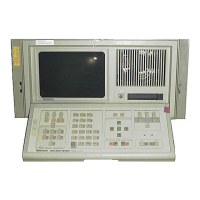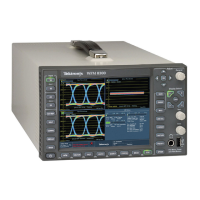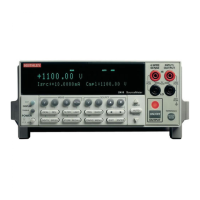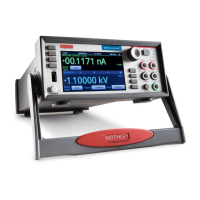Maintenance
1720/1721
6–3
Table 6–1: (Cont.)Static Susceptibility
Relative Susceptibility Levels Voltage
m
Observe the following precautions to avoid damage:
1. Minimize handling of static-sensitive components.
2. Transport and store static-sensitive components or assemblies in their
original containers, on a metal rail, or on conductive foam. Label any
package that contains static-sensitive components or assemblies.
3. Discharge the static voltage from your body, by wearing a wrist grounding
strap, while handling these components. Servicing static-sensitive assem-
blies or components should be done only at a static-free work station by
qualified personnel.
4. Nothing capable of generating or holding a static charge should be allowed
on the work station surface.
5. Keep the component leads shorted together whenever possible.
6. Pick up the components by the body, never by the leads.
7. Do not slide the components over any surface.
8. Avoid handling components in areas that have a floor or work surface
covering capable of generating a static charge.
9. Use a soldering iron that is connected to earth ground.
10. Use only special antistatic, suction, or wick-type desoldering tools.
Instrument performance should be checked after each 2000 hours of operation, or
every 12 months, if used intermittently. This will help to ensure maximum
performance and assist in locating defects that may not be apparent during
regular operation. The Performance Check Procedure and the Adjustment
Procedure are in Section 5.
Performance Checks and
Readjustments
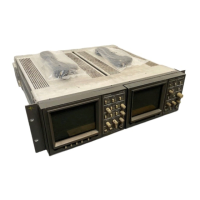
